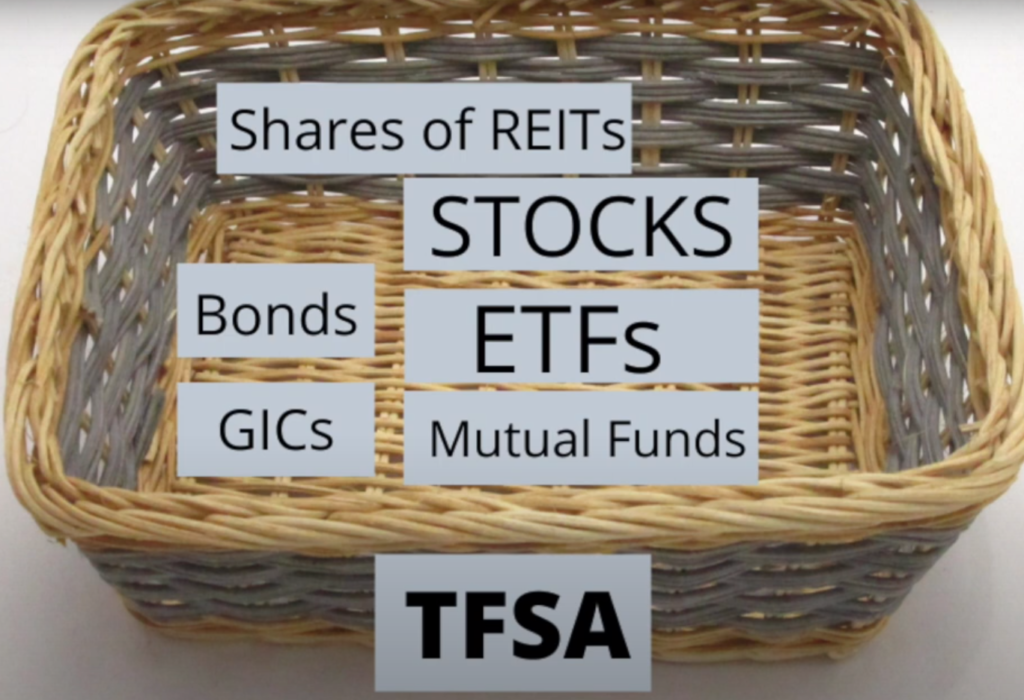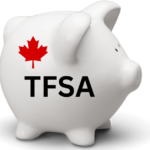History
The TFSA was implemented in January 2009 by the Stephen Harper-led government. Its purpose was to help Canadians better meet their savings goals by allowing them to put money into eligible investment vehicles and watch their savings grow tax-free.
One of the big banks in Canada did a study in late 2021 and concluded that 1 in 3 Canadians don’t understand how a TFSA works. The TFSA is one of the best wealth-building tools we have available to us in Canada. You can think of it like a basket that can store various types of investments which can grow in value, tax free.
Why is it called a Tax Free Savings Account?
The TFSA is a type of registered savings plan where any investment income you earn inside of it is tax-free. It falls under the “registered savings plan” category because it needs to be registered with the Canada Revenue Agency to qualify for the tax benefits. To open a TFSA you would contact your preferred financial institution and provide them with your SIN and date of birth so they can register your account for you. Presently in 2023, this can be done through an app on your phone through platforms such as WealthSimple Trade and Quest Trade.

Requirements
Anyone 18 or older, who’s a Canadian resident with a valid SIN can open a TFSA. It’s worth noting that some provinces and territories in Canada require you to be 19. In Ontario where I reside, the qualifying age is 18.
Utility
Although the TFSA is labeled as a savings plan/account, don’t let the name fool you. It is better served as a tax shelter for your investments. If you’re saving up for a long-term goal of a car or house, the TFSA is ideal as you can pull out your gains tax free at any time. Moreover, if you were to earn capital gains on stocks, ETFs or mutual funds outside* of a TFSA you could be taxed on 50% of your gains. However, if these same investments were held inside of a TFSA, any capital gains you earned can be safely withdrawn tax-free.







